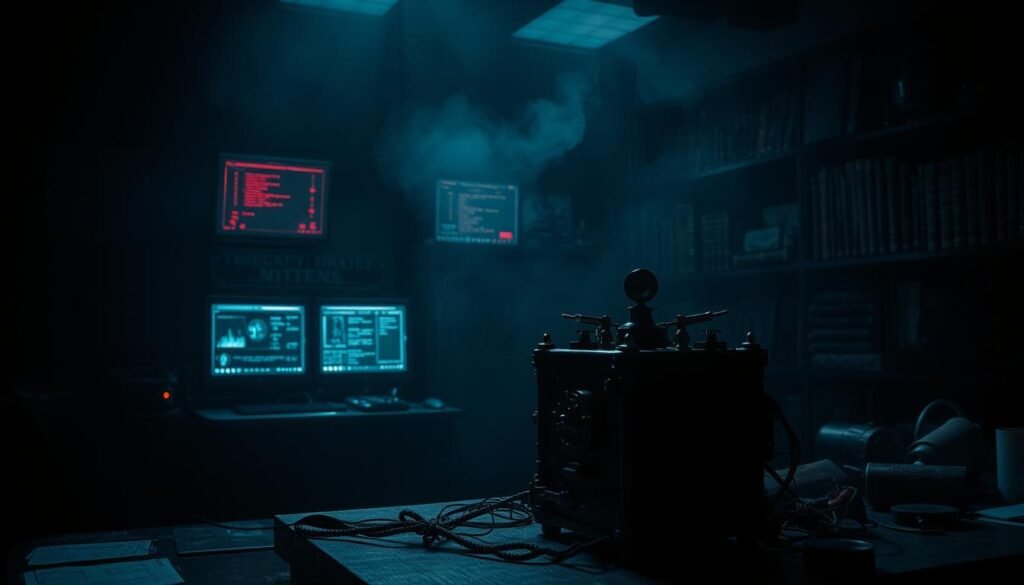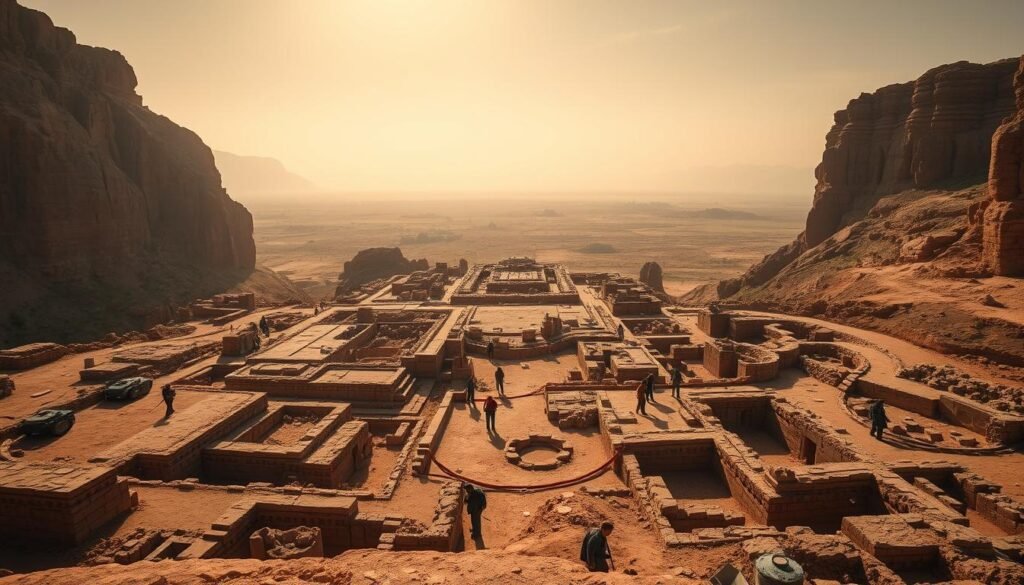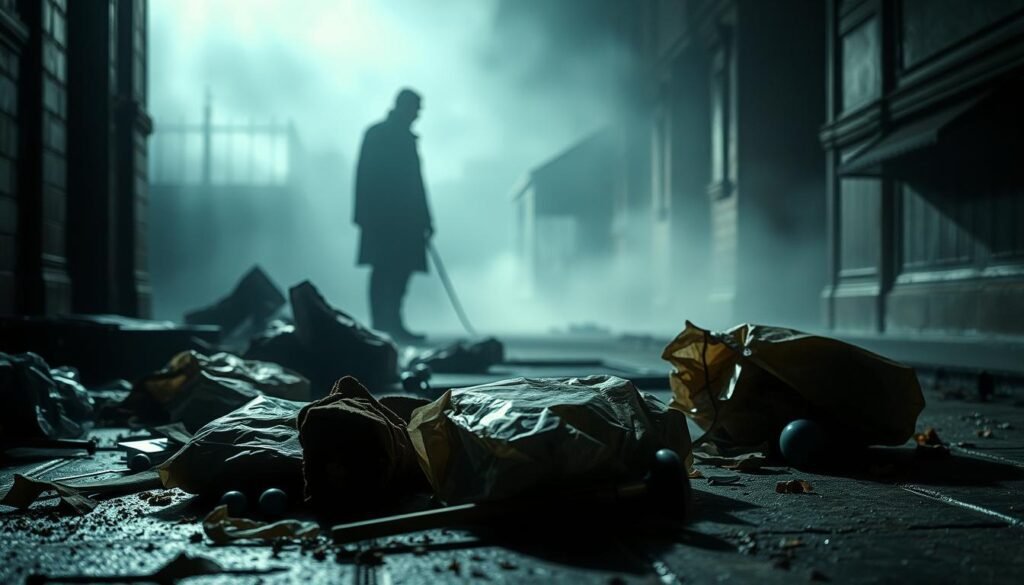Throughout history, certain questions have captivated the human imagination. These puzzles challenge our understanding of the world and persist despite the passage of time.
Even with modern technology, researchers encounter phenomena that resist simple answers. These enduring enigmas span a wide range of topics, from ancient archaeology to modern forensic science.
The quest for answers drives both professional scientists and curious people. It inspires deep investigations and lively debates within academic circles.
This article explores several famous cases that continue to intrigue experts and the public alike. We will examine the facts and leading theories behind these fascinating subjects.
Introduction: Setting the Stage for the Unknown
The allure of the unknown represents a fundamental aspect of human psychology. These puzzling phenomena challenge our view of reality and raise profound questions about life itself.

Serious research institutions approach these topics with careful balance. They maintain healthy skepticism while remaining open to new evidence. This method helps separate fact from fiction in each compelling story.
A significant number of once-baffling cases have yielded to scientific investigation. Persistent research and technological advances have provided answers where none seemed possible.
The study of these enduring puzzles contributes to legitimate scientific fields. It pushes researchers to develop new methods and question established assumptions.
Approaching these topics with an informational mindset allows for both critical thinking and genuine appreciation. This article presents well-documented cases that continue to resist easy explanation.
History and Origins of Unexplained Mysteries
The roots of enduring puzzles reach deep into our collective past, where oral traditions meet archaeological evidence. For thousands of years, stories passed between generations have contained hidden truths.
Ancient Legends and Archaeological Discoveries
Archaeologists frequently discover sites that challenge established timelines. Ancient tombs and cave remains often contradict what we know about early humans.
Some findings date back so many years that they rewrite entire chapters of history. These discoveries prove that legends can sometimes lead researchers to significant truths.

Modern Research Milestones
Technological advances have transformed how we investigate the past. Carbon dating helps archaeologists establish accurate dates for mysterious remains.
DNA analysis provides new insights into ancient humans and their connections. Each discovery at a new site brings us closer to understanding our history.
Yet some tombs and artifacts continue to defy explanation despite modern tools. These cases remind us that history still holds many secrets waiting to be uncovered.
Iconic Mysteries from Around the World
Archaeological quests for legendary tombs capture global attention like few other pursuits. These investigations span continents and combine historical records with modern technology.
Mysteries of the Cleopatra Tomb and Other Burial Sites
The search for Cleopatra’s tomb represents one of archaeology’s greatest challenges. For many years, researchers have sought the final resting place of this famous ruler.
Despite numerous excavations at potential sites, her body remains undiscovered. The circumstances of her death add layers of complexity to this enduring puzzle.
Other burial sites around the world present similar challenges. Archaeologists frequently encounter tombs where the occupant’s name or status raises new questions.
Some burial practices from ancient times continue to baffle experts today. The absence of a body or unusual artifacts can transform a simple site into a major mystery.
Legends Embedded in History
Historical legends often point to lost tombs and hidden treasures. These stories have guided archaeologists for generations.
Modern tools like ground-penetrating radar have aided the search for these iconic sites. Yet many locations mentioned in ancient texts remain elusive.
Each discovery brings us closer to understanding these historical figures. The quest continues as researchers examine new evidence from sites worldwide.
Unexplained Mysteries in the United States
From colonial settlements to modern metropolitan areas, the United States has accumulated an impressive collection of enduring enigmas. This diverse nation serves as home to numerous puzzles that span centuries of American history.
Mysteries in New York and New Jersey
The densely populated regions of New York and New Jersey have produced well-documented mystery cases. These areas contain historical locations where unexplained phenomena have been reported by many people.
Urban legends from these states often involve abandoned structures and unusual discoveries. The high population density means multiple witnesses can corroborate strange events.

Local Folklore and Anomalies
Local stories from New York and New Jersey have become part of regional identity. Communities embrace these tales as cultural heritage that defines their home territory.
Some site-specific puzzles involve cave systems and natural formations. These American mysteries reflect the unique characteristics of the United States landscape.
Despite being a relatively young nation, the United States has mysteries that intrigue researchers worldwide. The stories continue to captivate people seeking answers.
The Role of Time and Evidence in Solving Historical Mysteries
Investigators of the past must contend with a fundamental adversary: the gradual erosion of evidence over decades and centuries. The passage of time creates a complex relationship with historical truth, where each year that passes can both obscure and occasionally reveal crucial information.

Physical evidence faces constant degradation from natural processes and human activity. Remains deteriorate, sites become disturbed, and crucial clues disappear. This loss creates significant challenges for modern research efforts.
The Impact of Time on Unraveling the Past
Establishing an accurate date for historical events becomes increasingly difficult as time progresses. The sheer number of years separating researchers from original events creates uncertainty. This often leads to multiple competing theories about what actually occurred.
Modern techniques can extract remarkable information from minimal evidence. However, the limited number of available clues after centuries poses serious limitations. Some cases may never reach definitive conclusions despite extensive research.
Time can occasionally work in favor of investigators. New evidence sometimes surfaces years later, or technological advances allow fresh analysis of old remains. These breakthroughs can lead researchers toward previously unseen facts.
Investigators must acknowledge the limitations imposed by time. They work with incomplete evidence, balancing what can be proven as fact against what remains speculation. Understanding this dynamic helps explain why certain historical puzzles persist.
Famous Unsolved Cases and Legendary Enigmas
The annals of true crime contain files that time has failed to close. These investigations represent some of history’s most persistent puzzles.
Despite extensive documentation, they resist final answers. The public remains captivated by these open-ended stories.

Jack the Ripper: An Infamous Enigma
The Jack the Ripper case stands as a landmark in criminal history. This unidentified man terrorized London’s Whitechapel district in 1888.
His brutal attacks resulted in the death of several women. The police faced immense pressure to find the killer.
Despite a large number of leads, the police never identified Jack the Ripper. Witness descriptions varied, complicating the search for one man.
Evidence from each crime scene was limited by the forensics of the time. The killer’s name remains one of history’s great secrets.
Other High-Profile Unsolved Cases
Many other famous cases share this frustrating quality. They often involve a sudden death or a missing person.
In some instances, a body is found but the story behind it is incomplete. The lack of clear evidence prevents closure.
These stories of the strangest unsolved mysteries continue to intrigue people worldwide. They remind us that some puzzles may never be solved.
Unexplained Mysteries in Focus: Scientific Investigations
Television has played a crucial role in bringing scientific investigations of unusual phenomena to mainstream audiences. The 2003-2004 Unexplained Mysteries series demonstrated this approach effectively.
This documentary program featured nineteen episodes that examined various perplexing cases. Each episode took a serious, evidence-based view of topics like crop circles and UFO encounters.
Researchers used video documentation to capture real-time evidence for analysis. The series employed interviews with witnesses and experts to provide balanced perspectives.
Scientific teams applied rigorous methodology to their investigations. They collected photographic evidence and conducted frame-by-frame video analysis.
The program’s classic documentary style earned positive comparisons to shows like Sightings. It achieved a solid rating on review platforms, indicating public appreciation for its approach.
Book publications and documentary series have helped elevate the top cases in public consciousness. The number of well-documented investigations continues to grow with advancing technology.
Theories and Expert Perspectives on the Unknown
The interpretation of ambiguous evidence frequently splits researchers into competing schools of thought. Professionals approach the same cases with dramatically different theoretical frameworks.
Popular Theories Explained
Archaeologists often develop theories about ancient tombs based on physical remains. Their explanations typically involve historical context and material evidence.
Paranormal investigators like Lorraine and Ed Warren featured in documentary series. They proposed supernatural theories for ghost encounters.
Scientific researchers approach these topics with rigorous methodology. They demand reproducible evidence before accepting any theory.
Meanwhile, psychics like Peter James offered metaphysical perspectives. This created clear divisions in how experts interpreted witness accounts.
Insights from Archaeologists and Paranormal Investigators
The television series Unexplained Mysteries showcased these contrasting approaches. Each episode presented multiple expert viewpoints.
Archaeologists examining cave sites or burial locations focus on dating methods. They analyze human remains to establish historical facts.
Paranormal specialists evaluate video evidence and personal testimonies. Their theories often involve concepts beyond conventional science.
This diversity of perspectives helps people understand complex cases. It demonstrates how professional training shapes investigative conclusions.
Conclusion
The persistent appeal of unsolved cases reveals much about our relationship with knowledge. These enduring mysteries challenge our understanding of life and the world around us. They represent more than just unanswered questions.
Modern media has transformed how people engage with these topics. From documentary episode series to book publications and online video content, anyone at home can explore cases that once baffled only specialists. This accessibility allows more people to really like diving deep into specific stories.
The run of human investigation continues across time. New generations bring fresh perspectives to puzzles that have resisted answers for decades. Each story of these unexplained mysteries reminds us that wonder and curiosity remain essential to the human experience.

